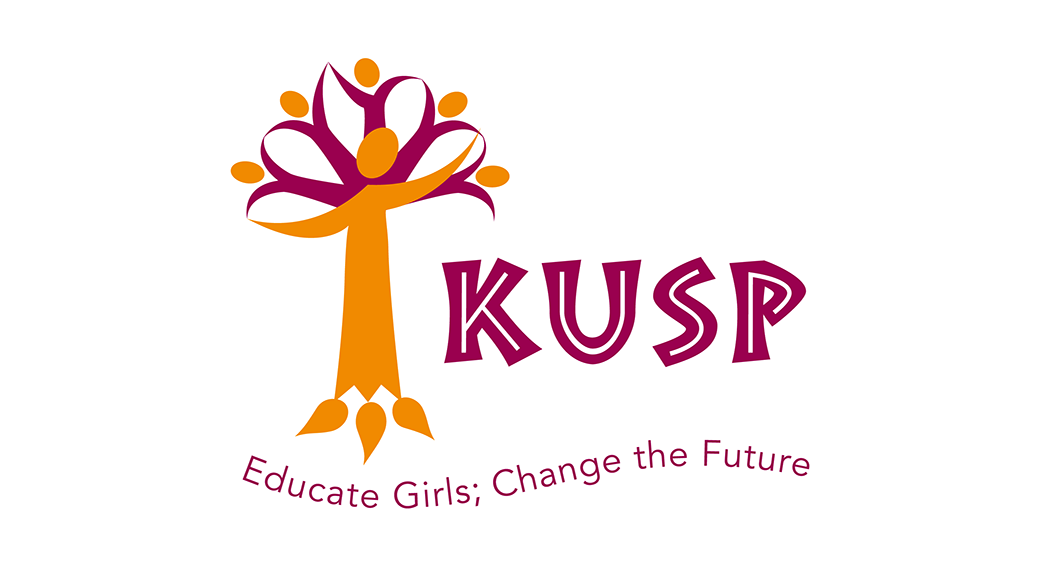Relating and Negotiating with our Kobulubulu Partners
/In 2012 I met the women farmers of Kobulubulu who made up the savings collective called KRMA. Since that time, we had communicated by email and an occasional phone call with an English speaking KRMA member. Now that I had returned to Kobulubulu with Board member Lindsey Holaday, after forming krma-US Partners in the Washington, D.C. area to support these women, we would find out if our cumbersome communications were truly on the same wavelength. Our first task (myself and Lindsey Holaday, who accompanied me on this trip to Uganda) was to meet with their chosen executive committee, a group of women made up of their current chair, Beatrice; their founder and project director, Judith; their treasurer, Monica; their facilitator and last year’s chair, Proscovia; and our liaison Anne, who would also serve as our translator.
After some preliminary conversation, we got down to business. First we reviewed the budget, which this group had proposed and there were few questions. While I had hoped to go over the proposed Memorandum of Understanding—between KRMA and krma-US Partners—we quickly realized that confusion existed around a core piece of the project design.
Everyone was in complete agreement that a major portion of the revenues would be used to pay for educational expenses, especially for the girls. However, our figures were incorrect on those costs. While public education is available by the time children reach the secondary school level, the feelings are strong that to get an adequate education children must go to one of the private alternatives: Catholic or Anglican. This would involve uniforms, textbooks, fees, transportation and often boarding. The challenge would be that the costs will be significant enough to use up all the revenues from the Cassava Project, and our contributors were committed to this project becoming self-sustaining after five successful harvest cycles.
This meant that a portion of the revenues would need to be used for capital improvement. For example, instead of krma-US Partners paying for renting plows and oxen in Year Two, a portion of Year One′s revenues would be required to invest in plows and oxen so the women could actually go into the rental business by loaning out the use of their plows and oxen to other farmers in the area.
While the agreement we signed the next day would protect the use of revenues by the women to increase their responsibility for making capital improvements, it also encouraged the support of girls’ educational expenses so vital to KRMA and to us in the U.S. at krma-US Partners.
By the end of the meeting, Lindsey and I realized we needed more than the week we were in the village to do all the work we believed would be most helpful. We had identified some areas that would need attending on our next trip. However, we felt positive about the talents and abilities of KRMA’s leadership team and were encouraged that we had begun the slow process of building an honest and open relationship with each other.
Next on our agenda: Attending the weekly KRMA savings and loan meeting for the entire KRMA group, and reviewing in two languages the Memorandum of Understanding—paragraph by paragraph.


